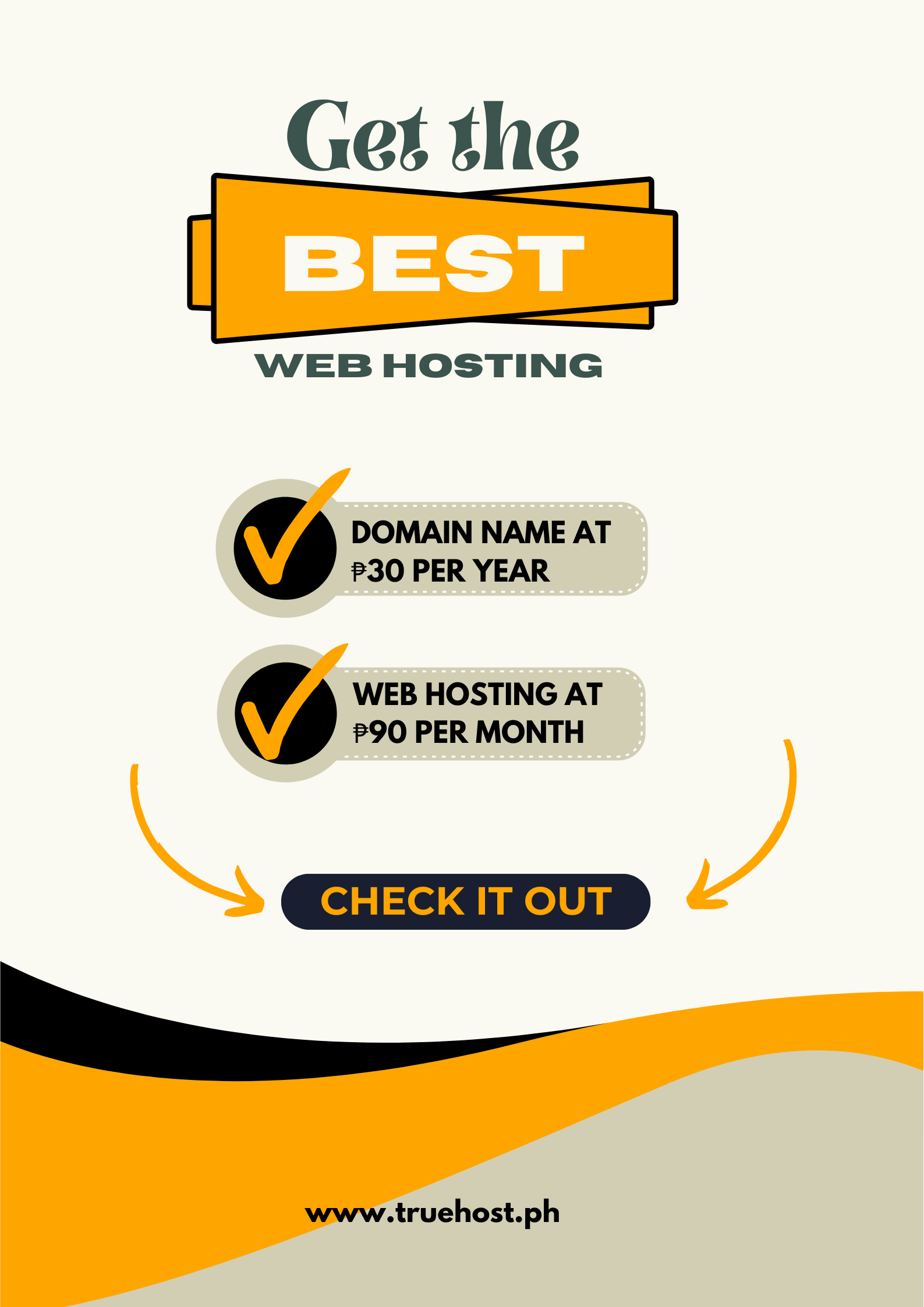Last updated on June 11th, 2024 at 06:43 am
How Much Does It Cost to Build a Website in the Philippines?
This is a question many business owners and individuals are asking today. In the digital age, having a website is very important. It helps businesses reach more customers and allows individuals to share their ideas and projects with the world.
The cost of building a website can vary. Several factors influence this cost. First, the type of website you want to build matters. A simple blog or personal site will cost less than a large online store or a corporate website.
Another factor is the design. Custom designs are more expensive than using pre-made templates. The functionality you need also affects the cost. Adding features like e-commerce, contact forms, or booking systems can increase the price.
Hosting and domain name registration are also part of the cost. You need a reliable hosting service to keep your website online and a domain name so people can find your site.
In this blog article, we will discuss the different factors that influence the cost of building a website in the Philippines. By understanding these factors, you can make better decisions and plan your budget accordingly.
1. Types of Websites and Their Typical Costs in the Philippines
Portfolio or Corporate Website
A portfolio or corporate website is great for showing information about your business. This type of website usually includes an about page, a list of services or products, and a contact form. It helps potential clients learn more about what you offer. In the Philippines, building a portfolio or corporate website typically costs between PHP 50,000 and PHP 80,000. This price range covers the basic design, content setup, and some custom features.
E-commerce or Online Store Website
If you want to sell products online, you will need an e-commerce or online store website. This type of website includes a product catalog, shopping cart, and payment integration. It allows customers to browse products, add items to their cart, and make payments online. The cost of building an e-commerce website in the Philippines can range from PHP 100,000 to PHP 500,000. This higher cost reflects the need for advanced features and security measures. You will also need to manage the inventory and handle customer transactions.
2. Factors That Affect Website Development Costs
Website Complexity and Features
The complexity and features of a website play a big role in determining its cost. A custom-designed website is usually more expensive than one built using a template. Custom designs are unique and tailored to specific needs, while templates are pre-made and more affordable.
The number of pages also affects the cost. A website with many pages takes more time and effort to create, increasing the cost. Simple websites with only a few pages are cheaper to build.
If you want to sell products online, you will need e-commerce functionality. This means adding features like a shopping cart, payment gateways, and product listings. These features add to the cost of the website.
Integrating other services, like social media links, payment gateways, and analytics, also adds to the cost. These integrations improve the website’s functionality but require extra work.
Development Approach
The way you choose to develop your website can also affect the cost. Hiring a web development agency is usually more expensive than hiring a freelance web developer. Agencies have teams of experts and offer a range of services, while freelancers might offer lower rates but with less support.
Using a website builder platform is another option. These platforms allow you to create a website using drag-and-drop tools. They are usually the most affordable option, but they might not offer the same level of customization and features as a professional developer.
Maintenance and Ongoing Costs
After your website is built, there are ongoing costs to consider. You will need to pay for a domain name and hosting fees. The domain name is your website’s address on the internet, and hosting is where your website’s data is stored.
Content updates and management are also important. Regular updates keep your website fresh and engaging. You might need to hire someone to manage your content or do it yourself if you have the time.
Security and software updates are crucial to keep your website safe from hackers and running smoothly. These updates might require technical knowledge, so you may need to hire someone to handle them.
3. Cost Breakdown for Different Website Types
Portfolio or Corporate Website
When it comes to creating a portfolio or corporate website in the Philippines, several key expenses need consideration:
Design and development costs: This includes the creation of the website layout, features, and functionality. Prices may vary depending on the complexity of the design and the experience of the web developer.
Content creation and optimization: Quality content is essential for engaging visitors and improving search engine visibility. Costs may involve hiring a content writer and optimizing the content for SEO.
Hosting and domain fees: Hosting is like renting space on the internet to store your website files, while a domain is your website’s address. Both incur ongoing fees that can range from affordable to premium, depending on the provider and package chosen.
E-commerce or Online Store Website
Setting up an e-commerce or online store website in the Philippines involves additional expenses compared to a portfolio or corporate website. Here’s a breakdown of the costs:
a). Design and development costs
Similar to portfolio websites, e-commerce sites require design and development work. However, they often involve more intricate features such as product listings, shopping carts, and checkout systems, which can increase development costs.
b). E-commerce platform and integration
Choosing the right e-commerce platform is crucial for managing your online store effectively. Popular platforms like Shopify, WooCommerce, and Magento offer various features and pricing plans. Integration with your website incurs additional setup costs.
c). Payment gateway setup and fees
Payment gateways enable online transactions by securely processing payments. Setting up a payment gateway involves initial setup fees and ongoing transaction fees, which may vary depending on the provider and transaction volume.
d). Product catalog management
Managing product listings, descriptions, and images is essential for an e-commerce website. This may require ongoing maintenance and updates, potentially involving additional costs if outsourcing product catalog management.
e). Hosting and domain fees
Similar to other types of websites, e-commerce sites require hosting and domain services. The costs may vary depending on factors such as website traffic, storage space, and security features.
Read also: The Top 5 Free Website Builders for Students in the Philippines
4. Understanding the Cost Ranges
What’s included in the lower end of the cost range?
When we talk about the lower end of website building costs in the Philippines, we’re mainly looking at basic websites. These are like digital business cards, providing essential information like your company’s name, contact details, and services offered. They often have a simple design with limited pages and features.
At this level, you can expect to pay anywhere from ₱5,000 to ₱20,000. The cost can vary based on factors like the complexity of the design, the number of pages, and whether you opt for a template or custom-built website.
What additional features or services are included in the higher end?
As we move up the cost range, you’ll find websites with more advanced features and services. These websites are like fully-functional storefronts, equipped with e-commerce capabilities, interactive elements, and dynamic content.
In the higher end, website costs in the Philippines typically range from ₱20,000 to ₱100,000 or more. This includes expenses for features like online payment integration, content management systems (CMS), search engine optimization (SEO), and responsive design for mobile compatibility.
Factors that can push costs beyond the typical ranges
While the cost ranges mentioned above are typical for most website projects in the Philippines, certain factors can push costs beyond these boundaries.
One such factor is the complexity of the design and functionality. If you require extensive customization or unique features, it may require more time and resources from the web developer, leading to higher costs.
Additionally, ongoing maintenance and support services can contribute to the overall expenses. Regular updates, security patches, and technical support are essential for keeping your website running smoothly and securely.
Furthermore, the reputation and expertise of the web development company can influence costs. Established agencies with a proven track record may charge higher fees for their services compared to freelance developers or less experienced firms.
Read also: The Top 5 Website Builders for Freelancers in the Philippines
5. Tips for Budgeting and Controlling Costs
a). Define your website goals and requirements
Before you start building, think about what you want your website to do. Do you want it to sell products, provide information, or maybe both? Knowing your goals helps you focus on what’s important and avoid spending money on things you don’t need.
b). Prioritize essential features
Not all website features are created equal. Some, like a contact form or a gallery to showcase your products, are essential. Others, like fancy animations or complicated menus, might look cool but aren’t necessary. Focus on the features that will help you achieve your goals without breaking the bank.
c). Consider scalability and future growth
You want your website to grow with your business. That means choosing a platform and design that can easily be expanded as your needs change. Investing in scalability now can save you money down the road when you don’t have to start from scratch.
d). Explore cost-effective solutions
Building a website doesn’t have to cost a fortune. There are plenty of affordable options out there, like website builders and freelance developers. These solutions can help you get a professional-looking site without spending a lot of money.
e). Evaluate long-term maintenance costs
Building your website is just the beginning. Once it’s up and running, you’ll need to maintain it to keep it running smoothly. That includes things like updating content, fixing bugs, and making sure it stays secure. Make sure you budget for these ongoing costs so you’re not caught off guard later on.
Read also: #5 Best Website Builders For Online Courses In The Philippines
Conclusion
Building a website in the Philippines can cost different amounts depending on what kind of website you need. For portfolio or corporate websites, the cost usually ranges from ₱10,000 to ₱50,000, while e-commerce websites can cost between ₱20,000 to ₱100,000. Entrepreneurs need to think about their budget and what they need from their website. Sometimes, spending a little more can give you a better website that helps your business grow. In the end, whether you’re starting a small business or growing an existing one, having a website can be a big help. So, consider your options, plan your budget wisely, and take the first step towards building your online presence in the Philippines!
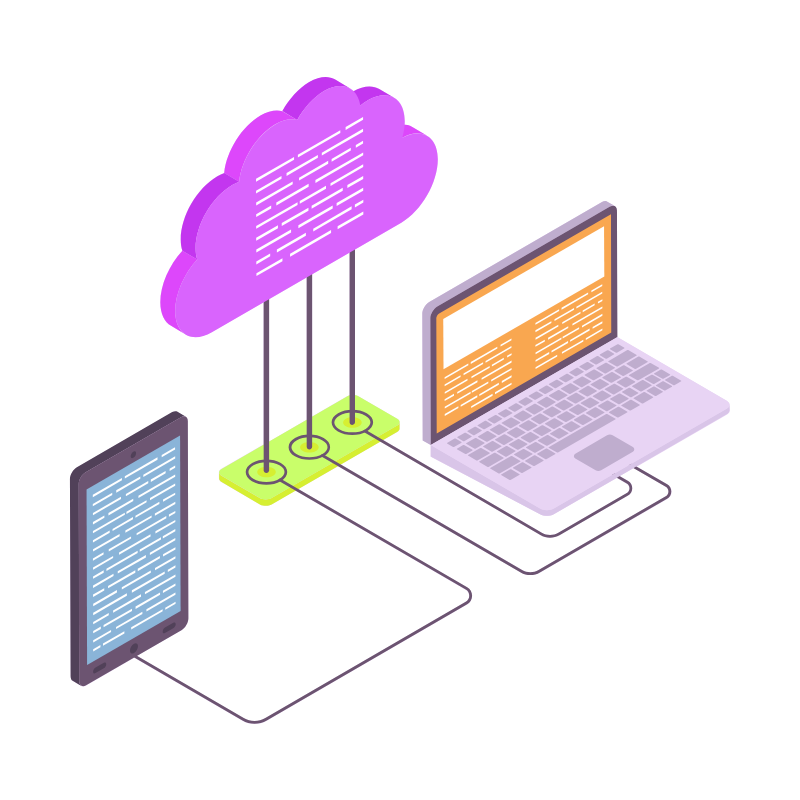 Web HostingCost-effective shared hosting solutions
Web HostingCost-effective shared hosting solutions Reseller HostingStart your own hosting business without tech hustle
Reseller HostingStart your own hosting business without tech hustle Affiliate ProgramEarn commission by referring customers to our platforms
Affiliate ProgramEarn commission by referring customers to our platforms cPanel HostingHosting powered by cPanel (Mostly user friendly)
cPanel HostingHosting powered by cPanel (Mostly user friendly)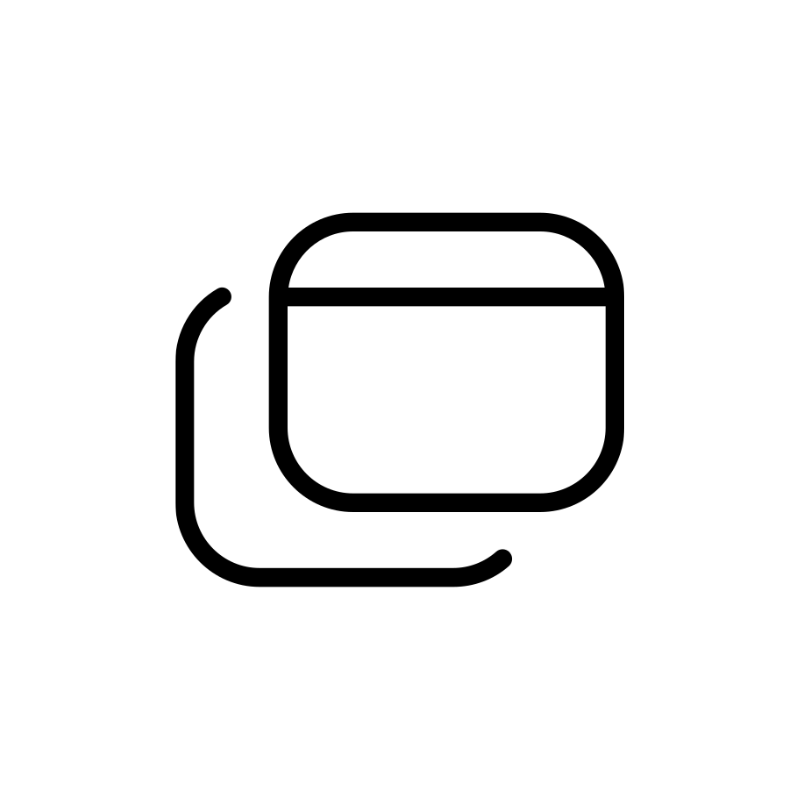 Windows HostingOptimized for windows based-applications and sites
Windows HostingOptimized for windows based-applications and sites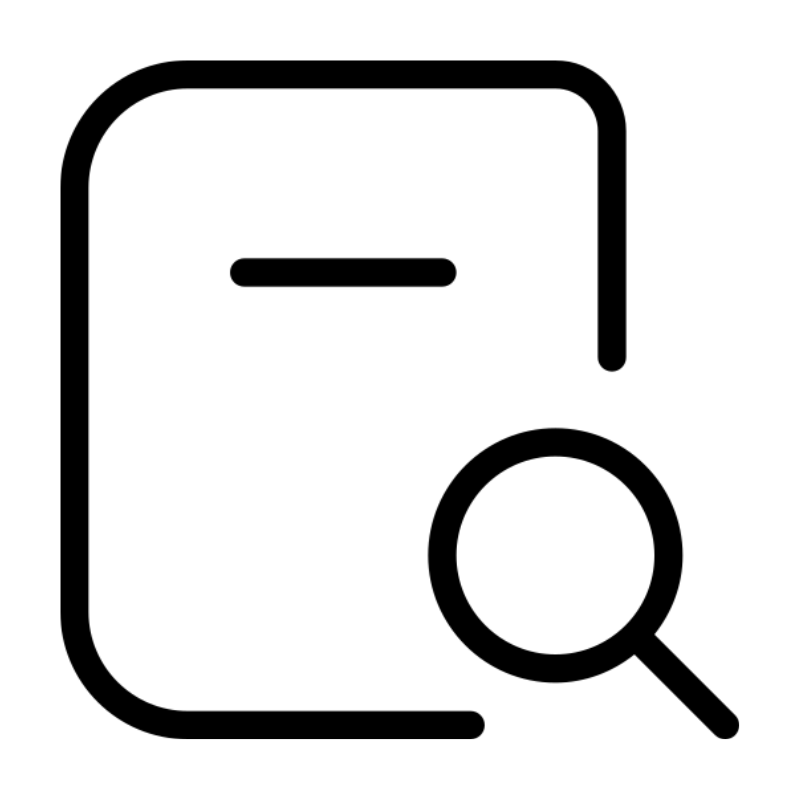 Domain SearchFind and register available domain names in seconds
Domain SearchFind and register available domain names in seconds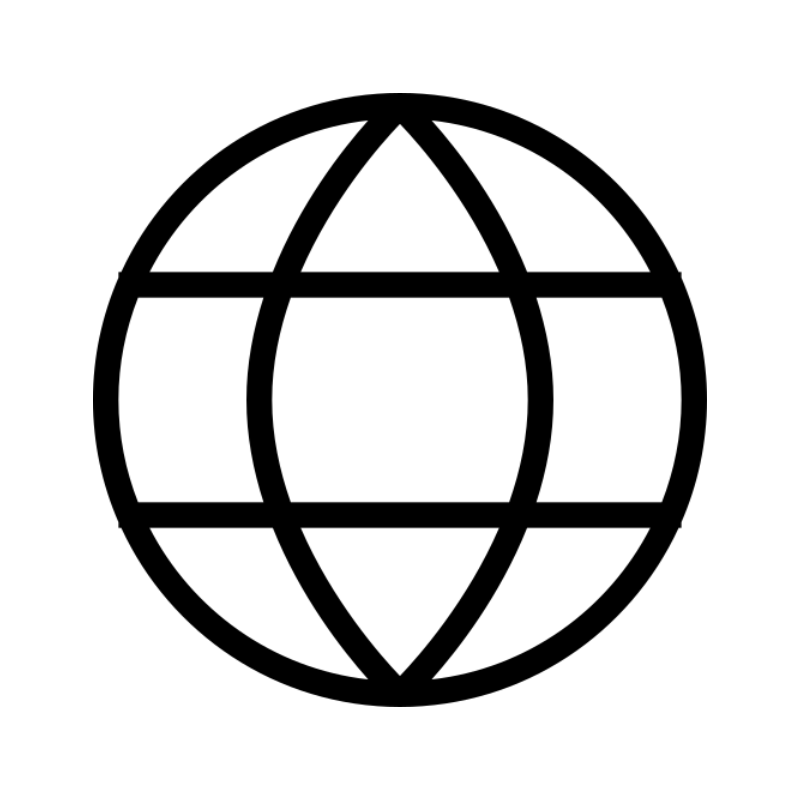 All DomainsExplore and register domain extensions across the world
All DomainsExplore and register domain extensions across the world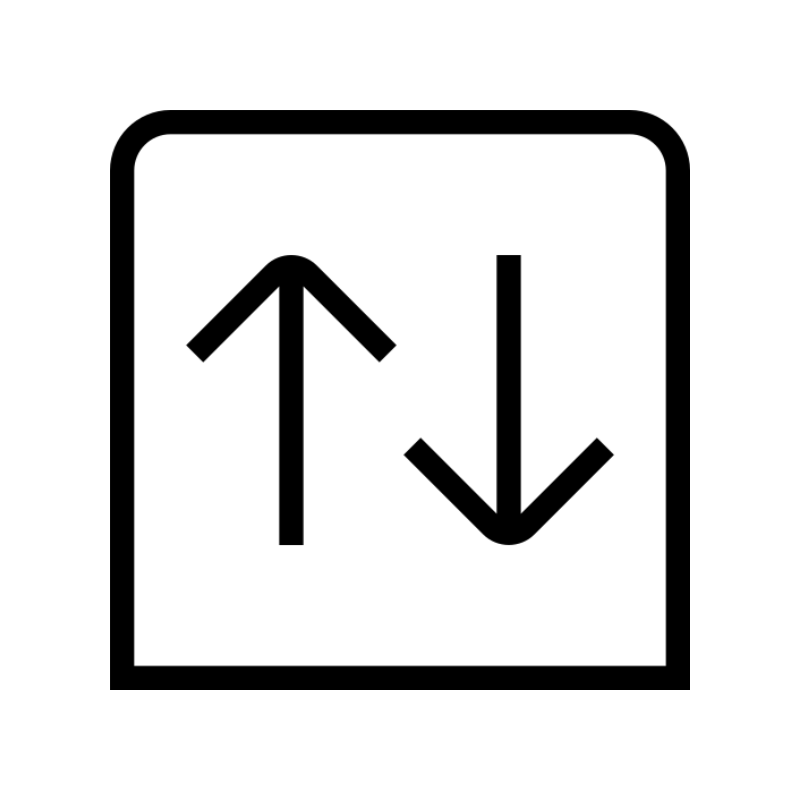 Domain Transfermove your domain to us with zero downtime and full control
Domain Transfermove your domain to us with zero downtime and full control Whois LookupLook up domain ownership, expiry dates and registrar information
Whois LookupLook up domain ownership, expiry dates and registrar information .com DomainSecure the most recognized domain for global credibility
.com DomainSecure the most recognized domain for global credibility VPS HostingScalable virtual servers. Full root access. Faster speed.
VPS HostingScalable virtual servers. Full root access. Faster speed.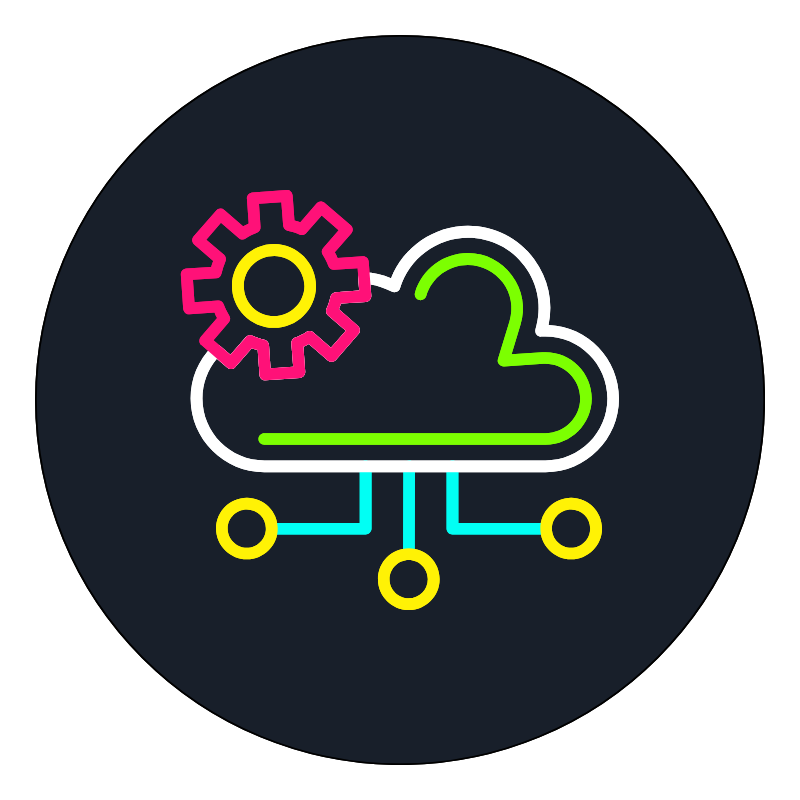 Managed VPSNot a tech expert? Choose our fully managed VPS server.
Managed VPSNot a tech expert? Choose our fully managed VPS server.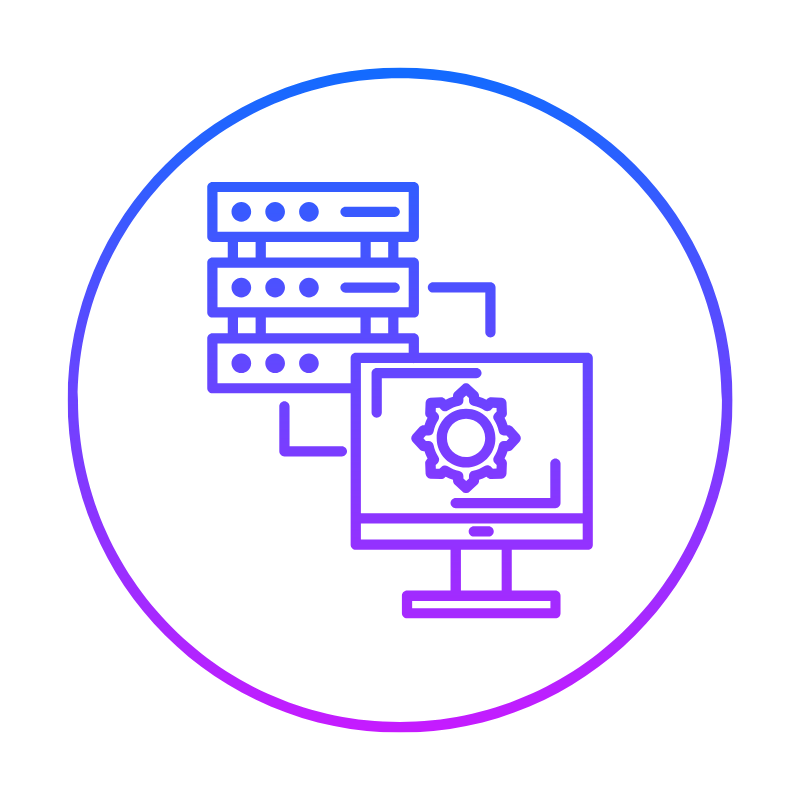 Dedicated ServersGet the full power and complete control of your own physical server.
Dedicated ServersGet the full power and complete control of your own physical server.